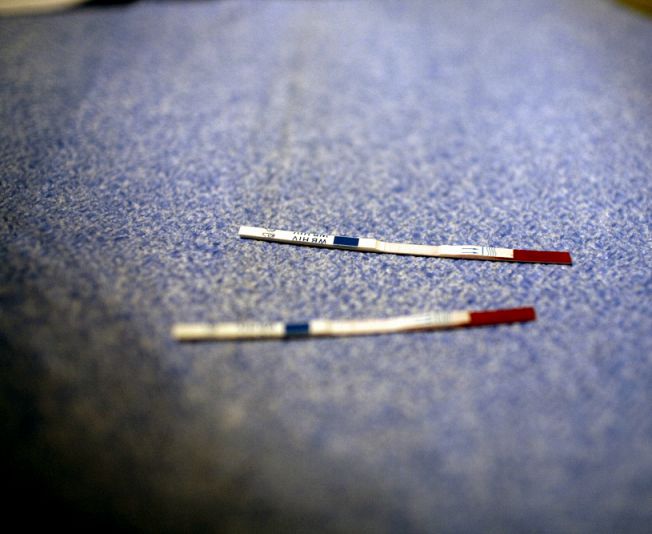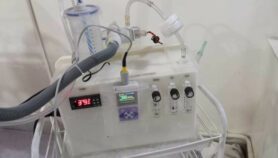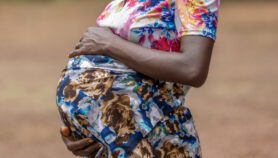By: Esther Nakkazi
Send to a friend
The details you provide on this page will not be used to send unsolicited email, and will not be sold to a 3rd party. See privacy policy.
[MADRID] Researchers debate whether an HIV vaccine with 50 per cent efficacy is acceptable.
According to researchers attending the HIV Research for Prevention conference in Spain this week (21-25 October), now is an exciting and complex time for HIV vaccine research, with a proof-of-concept trial in Thailand — RV144 — showing efficacy of only 31 per cent. Scientists are aiming to produce a vaccine that will be more effective and durable.
“A 50 per cent [efficacious] HIV vaccine supported with other prevention measures is acceptable and would be able to impact on the epidemic,” says Anthony Fauci, director of the US-based National Institute of Allergy and Infectious Diseases.
“We need an HIV vaccine ideally with an efficacy above 80 per cent. When you set the bar too low you set yourself for failure.”
Omu Anzala, University of Nairobi, Kenya
According to Fauci, HIV vaccine with an efficacy as low as 50-60 per cent should be supported by a non-vaccine intervention such as taking a pill to control the HIV epidemic to a level where incidence is as low as 1 in 10,000. Sandhya Vasan, associate director for HIV Vaccine Research, US Military HIV Research Program, explains that an HIV vaccine with a 50 per cent efficacy would have an impact at a population level by reducing the number of people who are infectious and susceptible. "You would reduce the rate at which transmission occurs,” Vasan says.
But Michiel van Diepen, a senior scientist at the University of Cape Town, South Africa, says that an HIV vaccine with a 50 per cent efficacy would just be a start to a prevention strategy and not the end. “A start towards elimination,” he says. “We should start because it creates an impact.”
Fauci adds that after the studies should now focus on areas with high HIV incidence and hotspots defined geographically and demographically.
“The efficacy will depend on where the vaccine is used: the country and the population. It will be very specific,” Vasan adds.
But some experts say that 50-60 per cent efficacy is too low and for African settings where HIV rates are highest, it would not make much impact.
“We need an HIV vaccine ideally with an efficacy above 80 per cent. When you set the bar too low you set yourself for failure,” says Omu Anzala, a professor and director, KAVI-Institute of Clinical Research, University of Nairobi, Kenya.
Anzala argues that most African communities are used to having a vaccine as a totality, not with another accompanying intervention and says combining HIV vaccine with other preventive methods may be too expensive in the era of declining funding for HIV.“At whose cost will it be? Funding for HIV is already declining and other people should not keep on paying our costs. We want something that we can rely on entirely,” he says.
Freddie Mukasa Kibengo, project leader under the Epidemiology and Prevention Programme at the Uganda Medical Research Council, agrees and adds that “we may never be able to 'hit the bull's eye' or get a 95-100 per cent efficacious HIV vaccine”.
This piece was produced by SciDev.Net’s Sub-Saharan Africa English desk.














